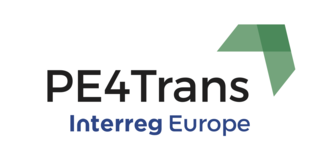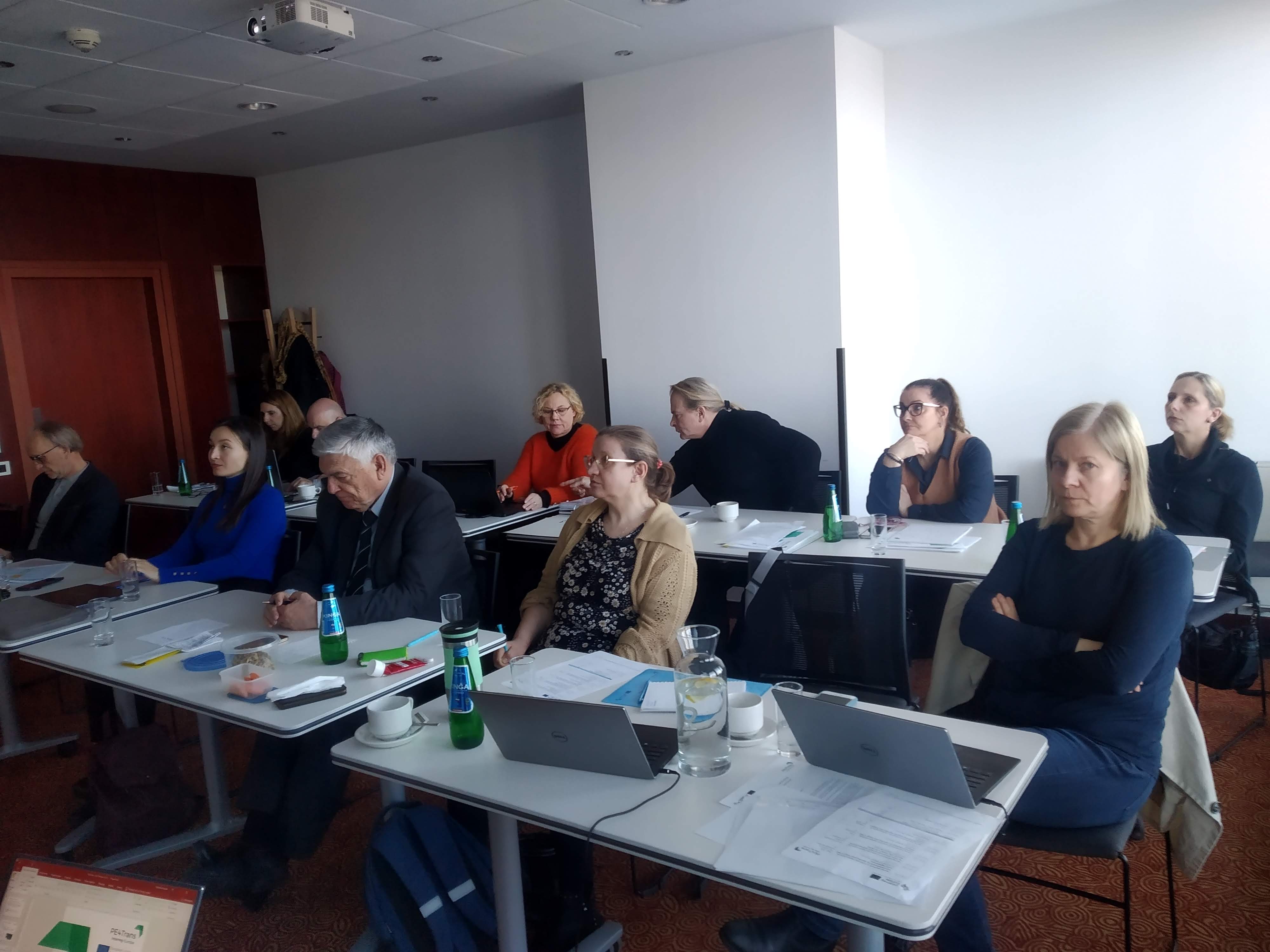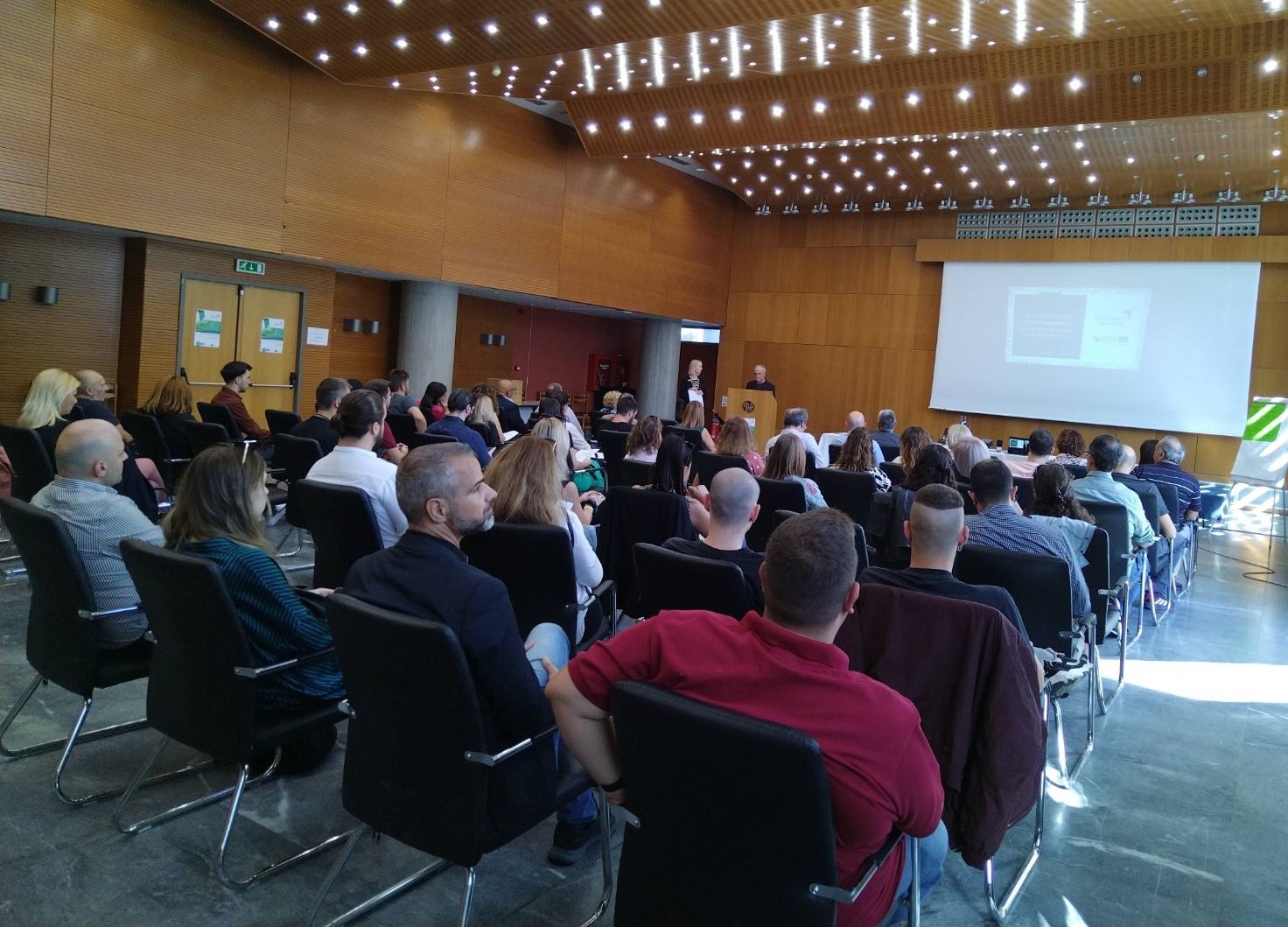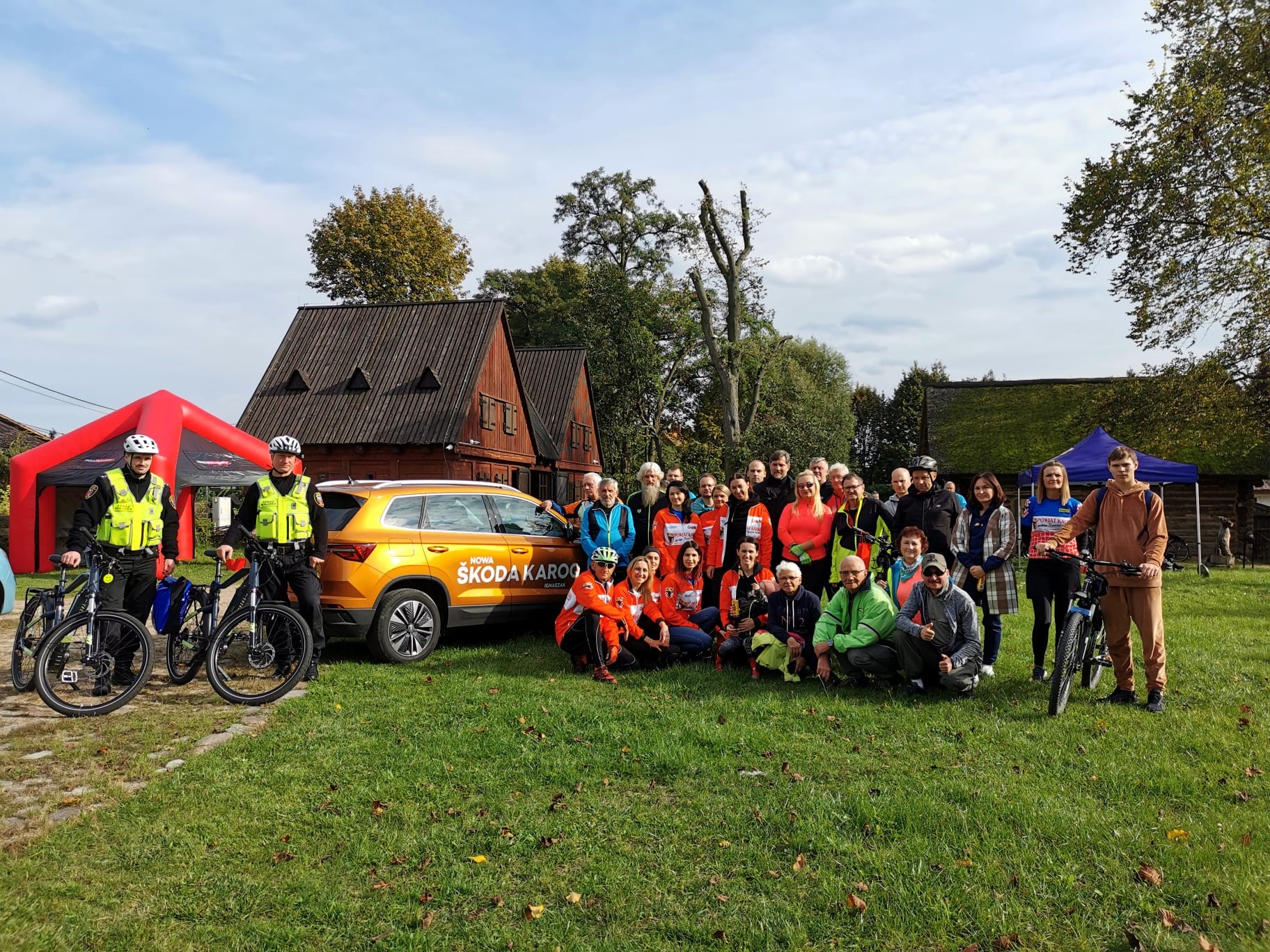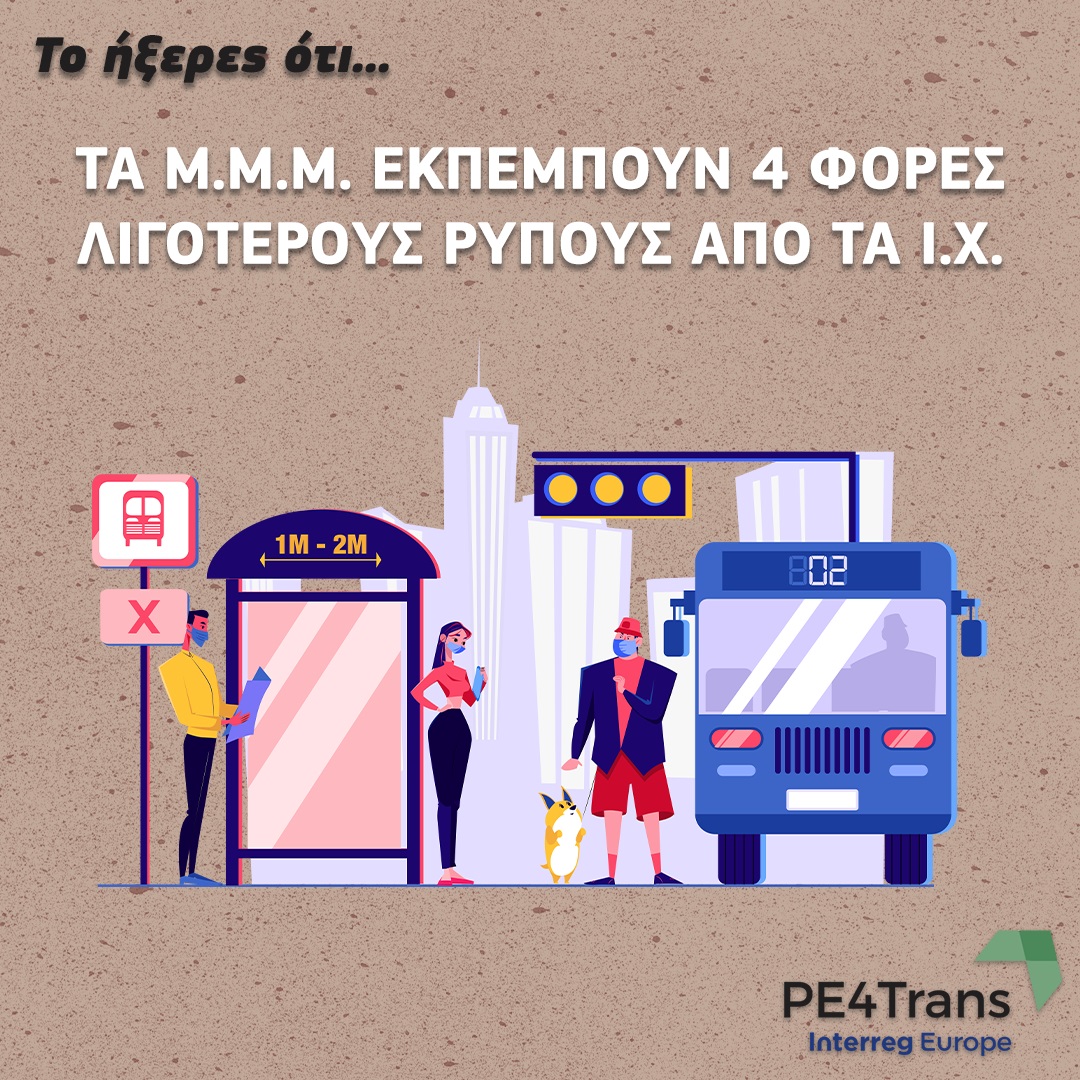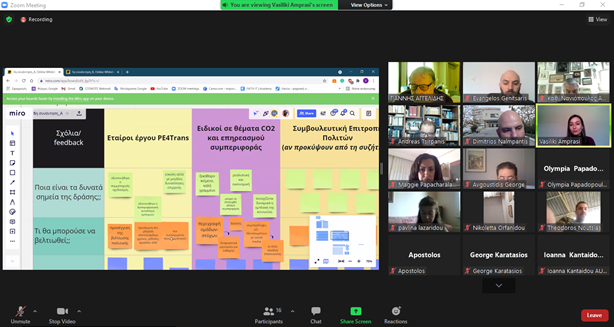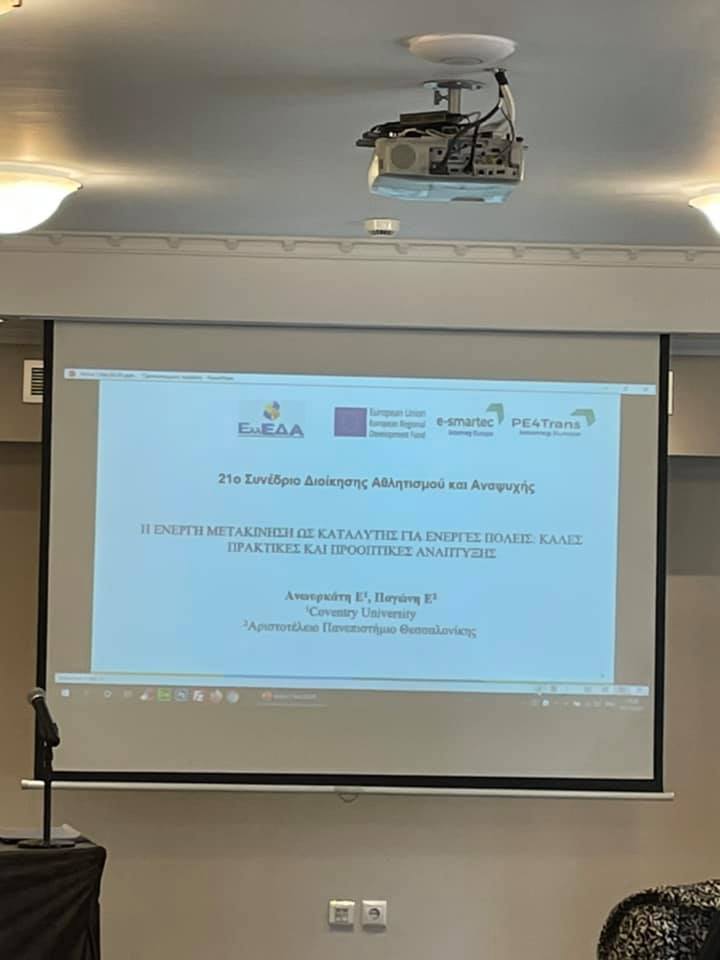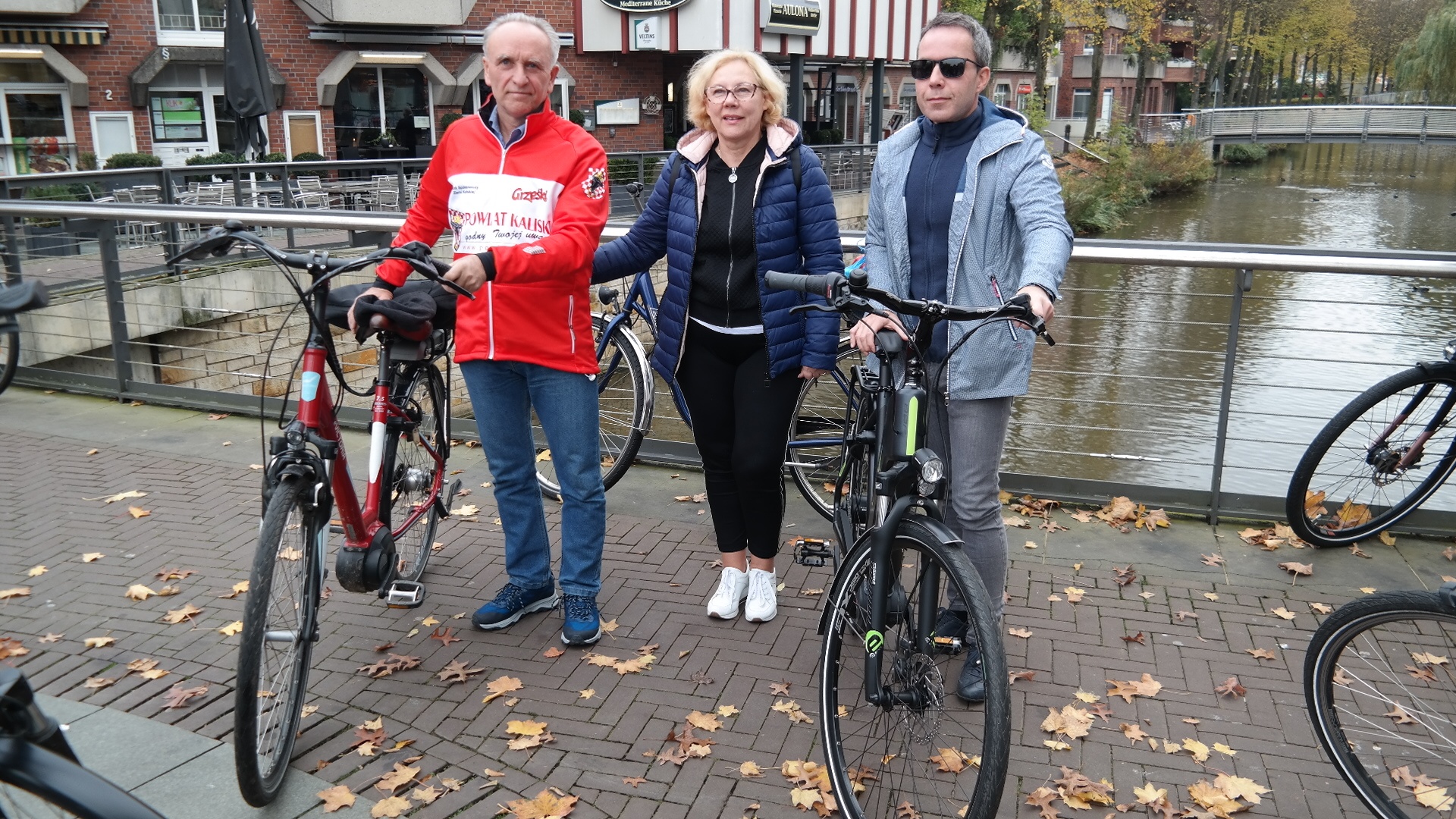Some of Spanish cities suffered from a smog problem during the past winter. How did Valladolid, PE4Trans partner, react in such situation?
Valladolid is a medium-sized city with a population of 300.000 inhabitants (up to 400.000 in the agglomeration). The main problem related to mobility is not traffic congestion but air pollution. Last year, the maximum levels of pollutants set by the World Health Organization were exceeded 47 days: particulate matter (29 days) and ground-level ozone (28 days). Just between April and September, the recommended levels for ozone were exceeded 116 days.
To tackle this problem that affects all the population, but especially people with respiratory diseases, infants and elderly people, the city council has an “Action Plan against Pollution Issues” with three stages. According to the severity of the problem these stages go from “prevention” to “warning” and to “alert” stages. Measures become stricter with each stage, starting with the information to the population, then promoting public transport (free and more frequent urban buses), limiting speed in the ring roads and the city center, and finally restricting private traffic in the “Low Emissions Zone”.
Last February and due to the combination of pollution (particulate matter PM10 and PM2.5) and bad weather conditions (high pressure, no rain or wind), these restrictions had to be applied for seven days in two different episodes. This situation took place in more than twenty capital cities in Spain, but only Valladolid, Madrid and two more applied any palliative measures.
Citizenry has taken these restrictions with a division between those that support them and believe protecting health is the most important issue and those that complain because of the inconveniences the protocol has entailed and argue that traffic restrictions are not effective and also have an important negative impact on the city economy.
It is obvious that these kinds of measures are not easy to adopt for a municipality, but since weather conditions cannot be changed, local governments have to face the problem and act to protect their citizens. In this context, raising awareness in the population is key to changing behaviors and reach more sustainable cities.
photo: freepik.com
